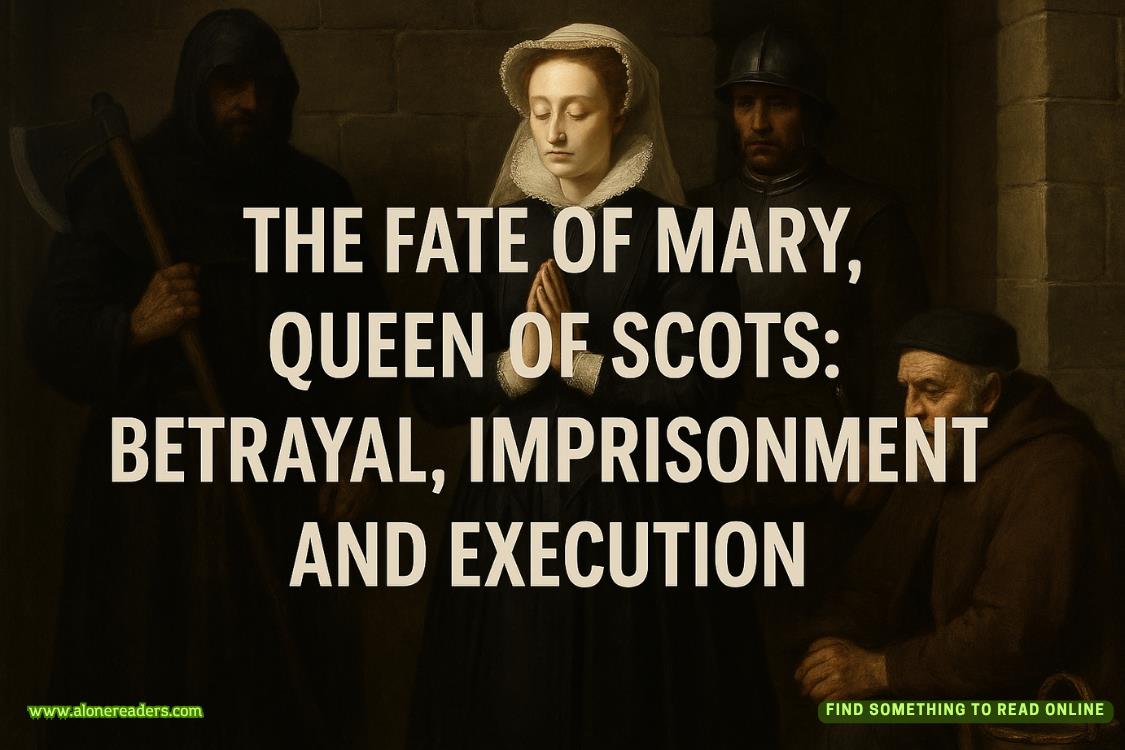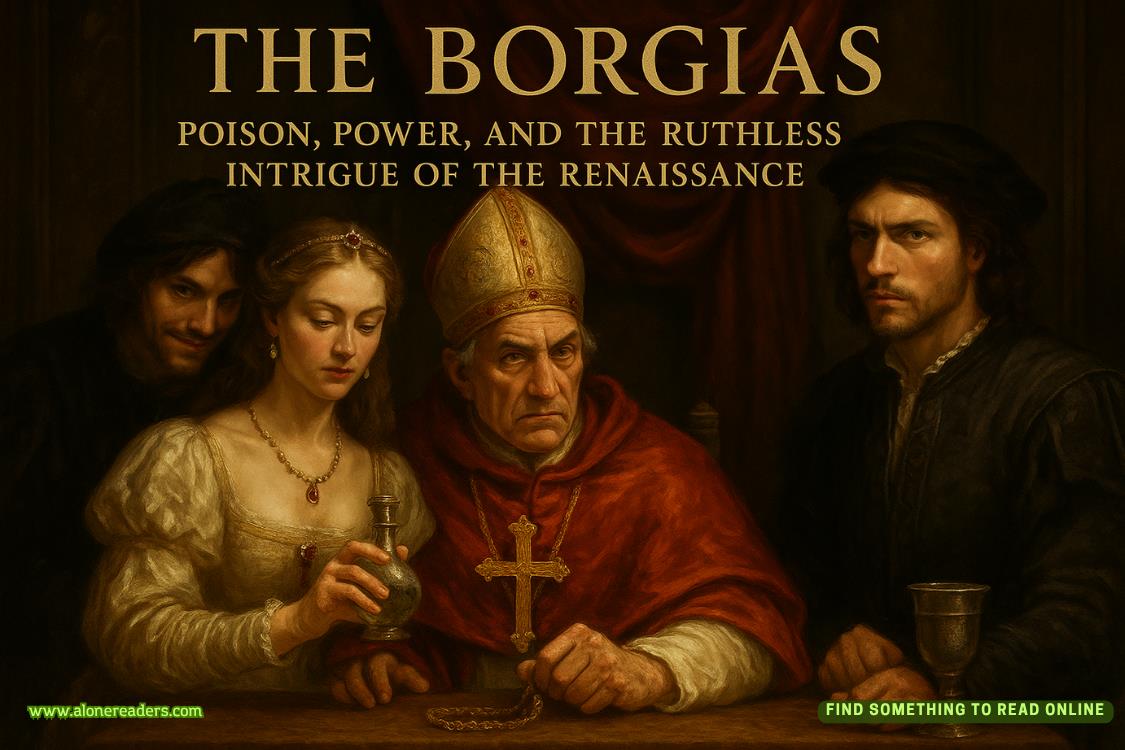Page 42 of Gryphon
Today’s hot drill—straight up noon as the December midday sun lay on the horizon here at a hundred and sixty kilometers south of the Arctic Circle—fit right in.
Within five seconds of the single engine firing off, Maja had unplugged the ground-power connection and yanked the wheel chocks. Johan held up a fistful of pins with flapping red tags with one hand and offered a thumbs up with the other—the safeties had been pulled on all of his weapons and his ejection seat. At minus fifteen Celsius, Johan’s clouded breath almost masked the red tags from view, but Arne knew he’d have counted them twice to verify none were missed.
Arne gave them both a salute, followed by a wave, and rode the throttle forward. He owed them both a beer; they’d gotten him out of the hangar five seconds ahead of his wingman, Hugo Bodin. Totally worth the price. The harsh payback? Standing them both to a beer would make him the designated driver, sticking with nonalcoholic beer to stay below Sweden’s strict legal limit. Still worth it.
Per the alert’s instructions, rather than turning west toward the runway at Storuman Air Base, he turned east. Riding the throttle up to a very fast taxi, he raced his jet out of the hangar and along the winding road leading into the trees.
This air strip was one of the first restored to the full Bas 90 standard. The Cold War-era Swedish air bases were unlike any other in the world. They were small and generally had short runways, making them harder to spot. By design, Swedish fighter jets were short-field specialists.
Any attacking force, meaning Russia, could bomb the runway into uselessness with a few hits. During the Cold War, still meaning Russia, Bas 90 strips had been placed all over Sweden. Rarely home to more than a flight of four jets.
In addition to making smaller targets than a big base, the Bas 90 setup also had narrow taxiways that shot through the trees in different directions. These connected to the nearby highways. The old Saab Viggen and now the Gripen were designed to take advantage of these.
Go ahead, Russia, bomb the runways. We won’t care. We’ll use the roads instead.
After the Cold War with Russia ended, most of these small bases had been retired. But with, yet again, Russia’s new aggression, they were being restored as fast as possible.
Arne’s dad had been stationed here at Storuman for much of his flight career and the old man loved that his son was the first squad back on the field. He’d started telling many stories of close calls that had never made the news: standoffs with MiG-21 Fishbed fighters and chasing off Tu-22M Backfire bombers that the Soviets constantly sent to test Sweden’s air defenses.
The moment Arne had received the drill’s alert from the tower, they’d informed him of which road to use. E12 lights on.
The E12 was a two-lane motorway that passed close by the east side of the base. Called the Blue Highway for weaving between some of the best fishing lakes in central Sweden, near Storuman it ran straight as an arrow through the trees for two kilometers. The taxiway from his hangar cut close along the southern end of Bränntjärnen Lake and met the E12 in the middle of that straight stretch.
After this flight, he’d talk Maja into going skating on the lake. She was as magnificent on the ice as she was at maintaining his plane. He managed on the ice, but come the spring thaw was his time. He and his trusty fishing pole supplied all the Arctic char, salmon, and perch for the crew’s grill parties. Maja wasn’t big on fishing, but still looked lovely lounging in his boat reading a book on lazy weekend afternoons.
“E12 clear,” the Tower reported.
The earlier E12 lights on call had been reporting that the stoplights placed at either end of the straight stretch were set to red. At the speed most people drove the motorway, it would take under a minute for the traffic to clear the straight stretch. It had now been three.
“Winds from the south at ten.”
He slowed only slightly as he turned right at the end of the taxiway. The road surface was well salted and the jet barely skidded as he lined up on the centerline and punched it.
The GE F414 turbofan kicked his ass hard just like it was supposed to. His wingman would be close on his tail, but still behind. He’d make Hugo buy the round for his ground crew. Even talk him into being designated driver while he was at it. He liked that.
Maja always raved about the ease of care on a Gripen; Arne loved the kick-ass. The funny thing was that they were exactly the opposite in bed. There, she was the wild one.
The lion’s hind-end strength of the Gripen kicked him aloft in four hundred meters though he had a thousand of road before him.
Eight cars were waiting at the southern stoplight as he tore aloft above them.
A blue van slid open its side door and someone stepped out to watch Arne race toward them. The man then reached back inside his van—and swung out a long tube.
Red alarms blared across Arne’s cockpit.
Threat detection!
No details as even the new, wider-range AESA radar couldn’t see the van now directly beneath him.
He was barely aloft, moving at no more than a few hundred knots with his landing gear still dangling out in the wind.
Arne firewalled the throttle. The Gripen had one of the fastest engine spool-up times of any fighter manufactured, but even the GE F414 didn’t respond instantly. Two-point-nine seconds to full thrust, and the Gripen was running a full load of fuel and ammo. Fourteen tonnes of aircraft didn’t magically jump from V4 initial climb speed to exceeding Mach 2.
He punched the electronic countermeasures to War Mode. But the Gripen wasn’t trying to hide from a threat either ahead or behind. The attack wasn’t inbound from over the horizon. It was a tracking tone from a bare hundred meters directly below his belly.
The countermeasures offered no help.
The FIM-92E Stinger had been stolen from a NATO warehouse in Hungary and moved across the borderless European Union into Sweden in a worn crate labeled Uppsala University Telescope. This variant boasted multiple upgrades including digital enhancements to distinguish aircraft from countermeasure flares.















